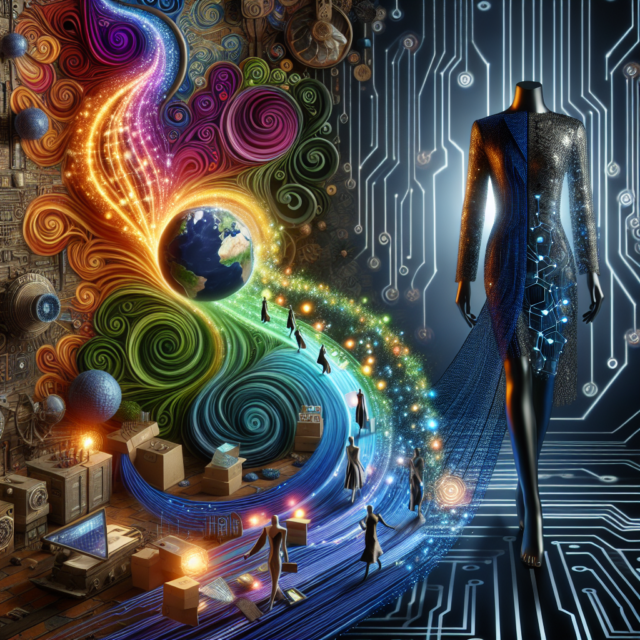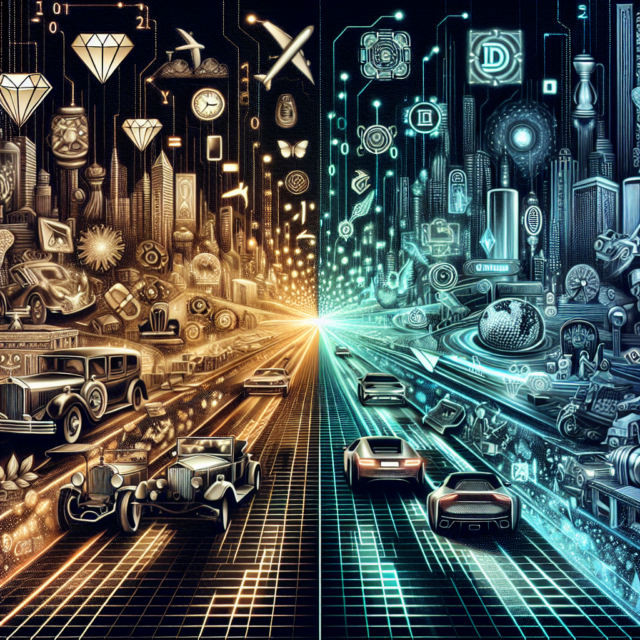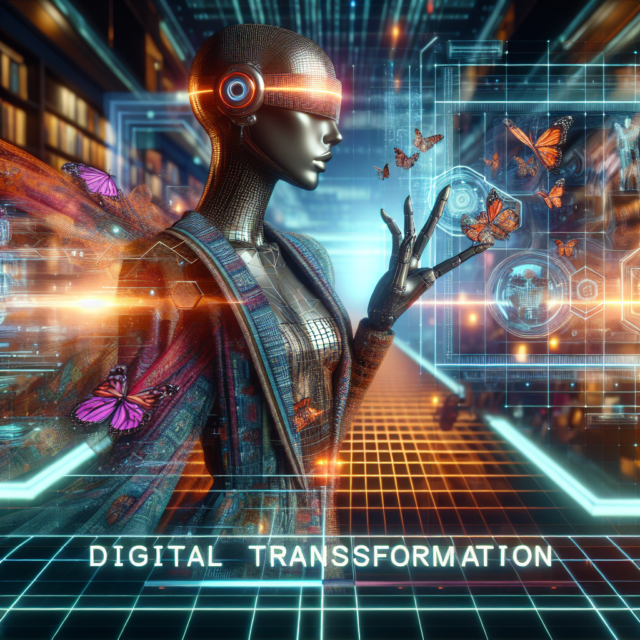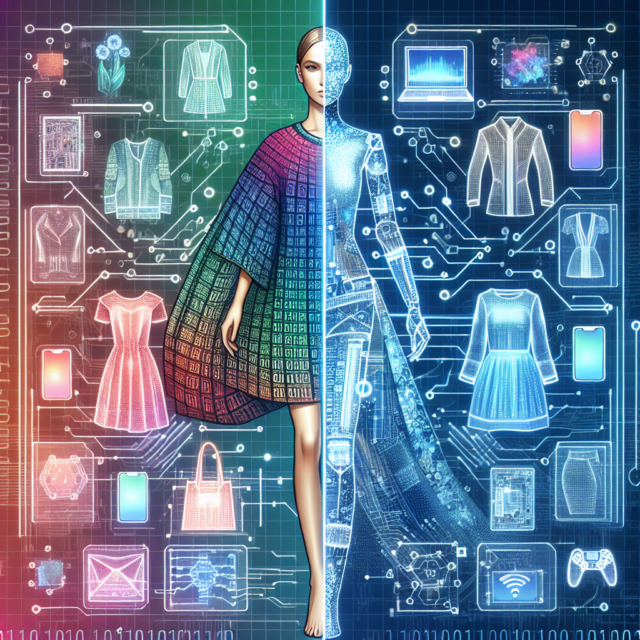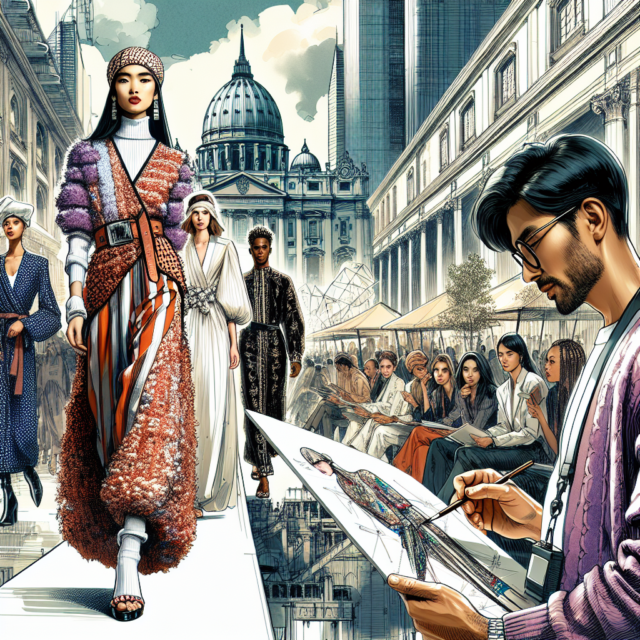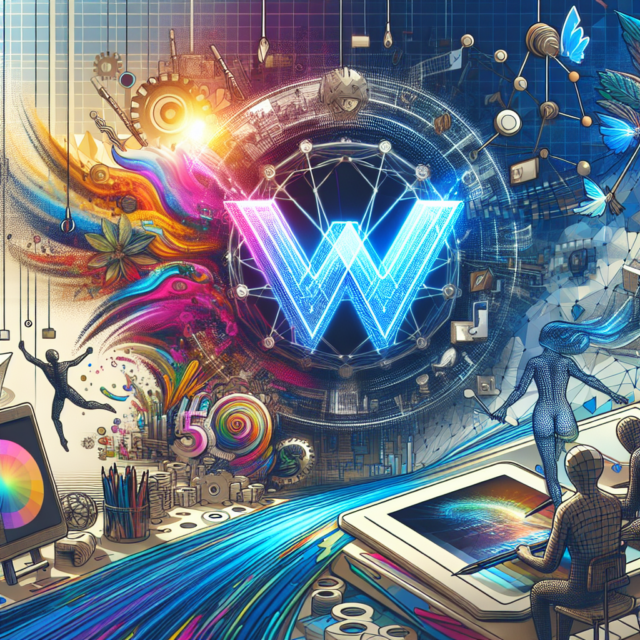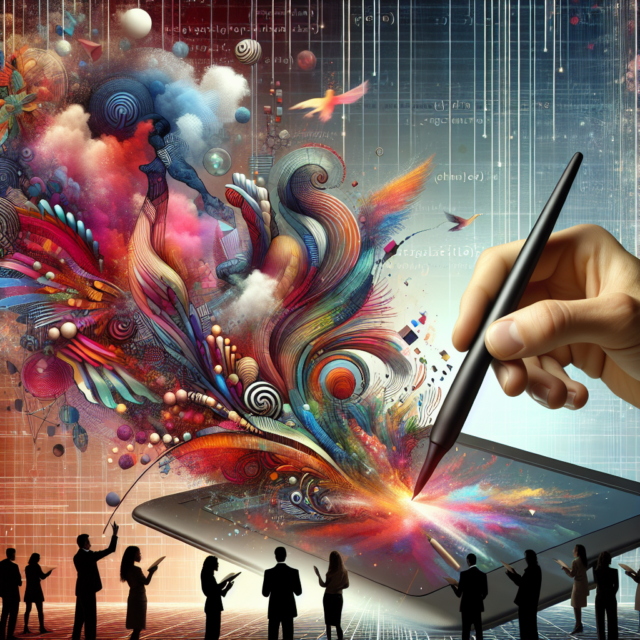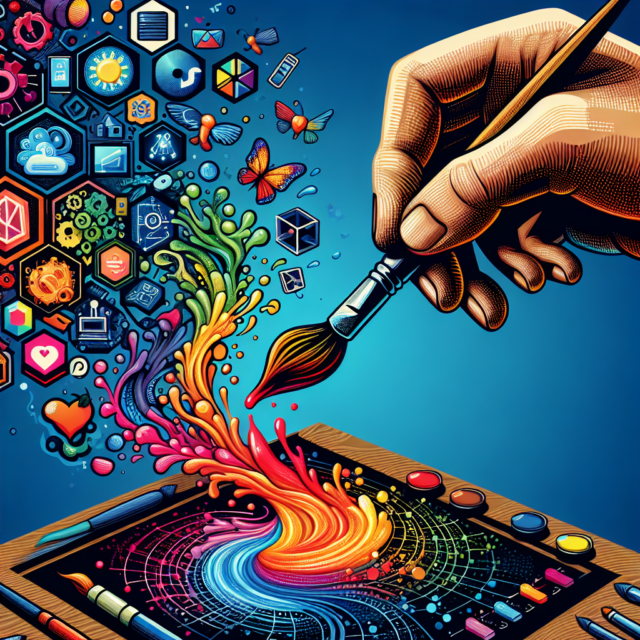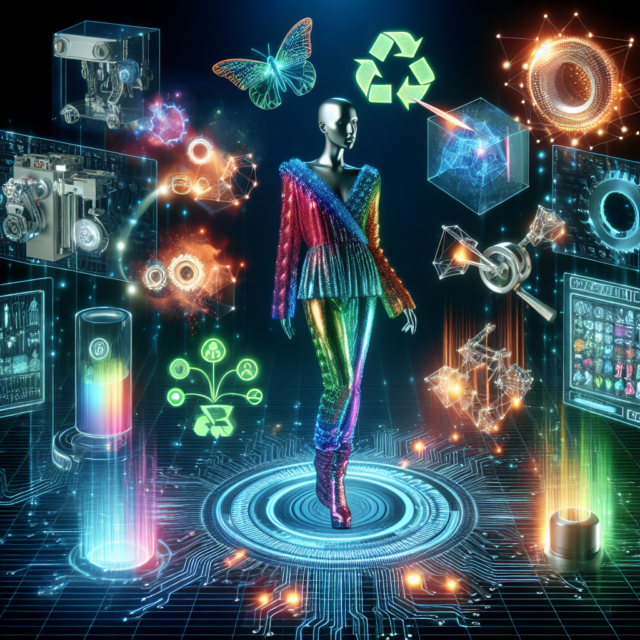Future Trends in Couture and High-End Fashion Brands
The world of couture and high-end fashion is ever-evolving, driven by a fusion of creativity, technology, and social awareness. As we look to the future, several key trends are set to redefine this glamorous industry. From groundbreaking innovations and sustainable practices to the sweeping influence of digitalization, luxury fashion is poised for transformative changes. This article delves into these future trends, examining how they will shape the couture landscape, elevate sustainable practices, and redefine luxury brand engagement in the digital age.
Innovations Shaping the Couture Landscape
In the realm of couture, innovation is the lifeblood that propels designers to new heights of creativity and craftsmanship. One significant trend shaping the future of high fashion is the integration of advanced textiles and materials. Designers are experimenting with smart fabrics that change color, texture, or shape in response to environmental stimuli, offering a dynamic and interactive fashion experience. These materials not only enhance the aesthetic appeal but also introduce a functional aspect to couture garments, blurring the lines between fashion and technology.
Another groundbreaking innovation is the use of 3D printing technology in haute couture. This technology allows designers to create intricate, bespoke pieces with unparalleled precision and detail. The ability to print complex patterns and structures that are otherwise impossible to achieve through traditional methods is revolutionizing the design process. Moreover, 3D printing offers sustainability benefits by minimizing waste and allowing for on-demand production, which aligns with the growing demand for eco-conscious fashion.
Augmented Reality (AR) and Virtual Reality (VR) are also making waves in the couture landscape. These technologies provide immersive experiences that allow consumers to visualize and interact with fashion pieces in a virtual environment. This not only enhances the shopping experience but also opens up new possibilities for virtual fashion shows and digital fashion collections. As AR and VR technologies continue to advance, they are likely to become integral tools for designers and brands seeking to engage with their audience in innovative ways.
The rise of artificial intelligence (AI) is another transformative trend in high-end fashion. AI is being leveraged to streamline design processes, predict fashion trends, and personalize customer experiences. By analyzing vast amounts of data, AI can identify emerging patterns and consumer preferences, enabling designers to create collections that resonate with their audience. Additionally, AI-powered virtual stylists and chatbots are enhancing customer service, providing personalized recommendations and styling advice.
Biotechnology is also making its mark on couture fashion, with designers exploring the use of bioengineered materials and processes. Innovations such as lab-grown leather and fabrics derived from renewable resources are gaining traction, offering sustainable alternatives to traditional materials. This intersection of fashion and biotechnology holds the potential to revolutionize the industry by reducing its environmental footprint while maintaining high standards of luxury and quality.
Finally, the concept of modular fashion is gaining popularity in the couture world. This approach involves creating garments that can be easily customized or transformed to suit different occasions or styles. Modular fashion not only appeals to the modern consumer’s desire for versatility and personalization but also promotes sustainability by encouraging longer garment lifecycles. As consumers increasingly seek unique and adaptable fashion solutions, modular design is set to become a defining trend in high-end fashion.
The Rise of Sustainable High-End Fashion
Sustainability has become a central focus in the high-end fashion industry, driven by growing consumer awareness and environmental concerns. Luxury brands are increasingly adopting sustainable practices, from sourcing eco-friendly materials to implementing ethical production processes. This shift towards sustainability is reshaping the industry, as brands strive to balance luxury and environmental responsibility.
One of the key trends in sustainable high-end fashion is the use of organic and recycled materials. Designers are turning to natural fibers such as organic cotton, hemp, and linen, as well as innovative materials made from recycled plastics and textiles. These materials not only reduce the environmental impact of fashion production but also align with the values of eco-conscious consumers who prioritize sustainability in their purchasing decisions.
Circular fashion is another emerging trend that is transforming the luxury fashion landscape. This approach emphasizes the importance of designing garments with longevity in mind, promoting repair, recycling, and upcycling. High-end brands are exploring circular business models, such as take-back programs and resale platforms, to extend the lifecycle of their products and minimize waste. By embracing circular fashion, luxury brands are not only reducing their environmental footprint but also appealing to a new generation of conscious consumers.
Transparency and traceability are becoming increasingly important in the realm of sustainable high-end fashion. Consumers are demanding greater visibility into the supply chain, seeking assurance that their purchases are ethically and sustainably sourced. In response, luxury brands are investing in technologies such as blockchain to provide transparent and verifiable information about the origin and production of their garments. This trend towards transparency is fostering trust and accountability, reinforcing the commitment of high-end brands to sustainable practices.
Collaborations with sustainable designers and organizations are also on the rise, as luxury brands seek to enhance their sustainability credentials. By partnering with experts in sustainable fashion, high-end brands can access new materials, technologies, and insights that drive innovation and environmental stewardship. These collaborations not only boost the sustainability efforts of luxury brands but also contribute to a broader movement towards a more sustainable fashion industry.
Sustainable fashion shows and events are becoming a platform for high-end brands to showcase their commitment to environmental responsibility. By incorporating sustainable practices into their events, such as using eco-friendly materials and minimizing waste, luxury brands are setting new standards for the industry. These events not only highlight the creative potential of sustainable fashion but also inspire consumers and industry stakeholders to embrace more sustainable practices.
Finally, the rise of sustainable high-end fashion is influencing consumer behavior, with an increasing number of luxury consumers prioritizing sustainability in their purchasing decisions. This shift in consumer preferences is driving brands to innovate and adapt, as they seek to meet the demands of a more conscious and discerning audience. As sustainability continues to gain momentum, it is set to become a defining characteristic of the high-end fashion industry, shaping its future trajectory.
Digitalization and Its Impact on Luxury Brands
Digitalization is transforming the high-end fashion industry, reshaping how luxury brands engage with consumers and operate their businesses. One of the most significant impacts of digitalization is the rise of e-commerce, which has become an essential channel for luxury fashion sales. Online platforms are offering consumers unprecedented access to high-end fashion, breaking down geographical barriers and expanding the reach of luxury brands.
Social media is playing a pivotal role in the digital transformation of luxury fashion. Platforms like Instagram, TikTok, and Pinterest serve as powerful marketing tools, allowing brands to connect with consumers in real-time and showcase their collections to a global audience. Social media influencers and brand ambassadors are also key players in this space, driving engagement and influencing consumer perceptions of luxury brands.
The integration of digital technologies in physical retail spaces is enhancing the luxury shopping experience. Augmented Reality (AR) and Virtual Reality (VR) are being used to create immersive and interactive retail environments, allowing consumers to visualize and try on garments virtually. These technologies not only elevate the in-store experience but also bridge the gap between online and offline shopping, offering a seamless and personalized journey for luxury consumers.
Data analytics is another area where digitalization is making a significant impact on luxury brands. By leveraging data insights, brands can better understand consumer behavior, preferences, and trends, enabling them to tailor their offerings and marketing strategies. Data-driven decision-making is enhancing customer experiences, optimizing inventory management, and driving innovation in product development.
Digitalization is also transforming the way luxury brands approach customer service. The use of AI-powered chatbots and virtual assistants is streamlining customer interactions, providing personalized recommendations and support around the clock. These digital tools are enhancing the efficiency and responsiveness of customer service, ensuring that luxury consumers receive the high level of attention and care they expect.
Finally, the rise of digital fashion and virtual clothing is opening up new avenues for luxury brands. Digital fashion allows consumers to purchase and wear virtual garments in online spaces, such as social media and gaming platforms. This trend is not only reducing the environmental impact of fashion consumption but also offering brands new opportunities for creativity and engagement. As digital fashion continues to evolve, it is set to become an integral part of the luxury fashion landscape, redefining the concept of ownership and expression in the digital age.
As the high-end fashion industry embraces these future trends, it is embarking on a journey of transformation and innovation. The fusion of technology and creativity is pushing the boundaries of what is possible in couture, while sustainability is becoming a fundamental pillar of luxury fashion. Digitalization is reshaping consumer engagement and brand operations, offering new opportunities for growth and connection. As these trends continue to evolve, they will undoubtedly redefine the future of couture and high-end fashion, creating a more dynamic, sustainable, and digitally integrated industry.







